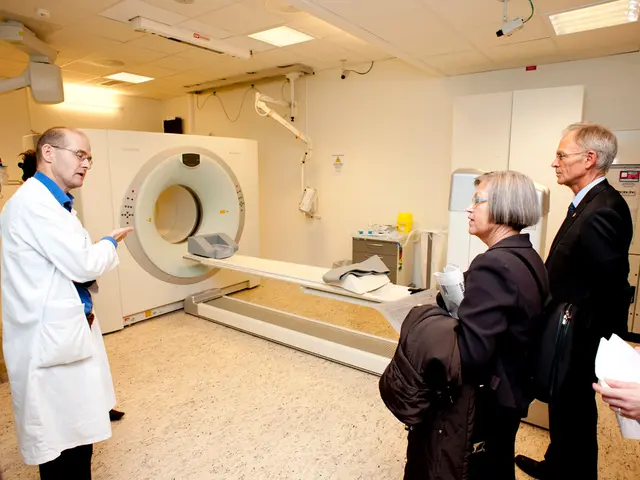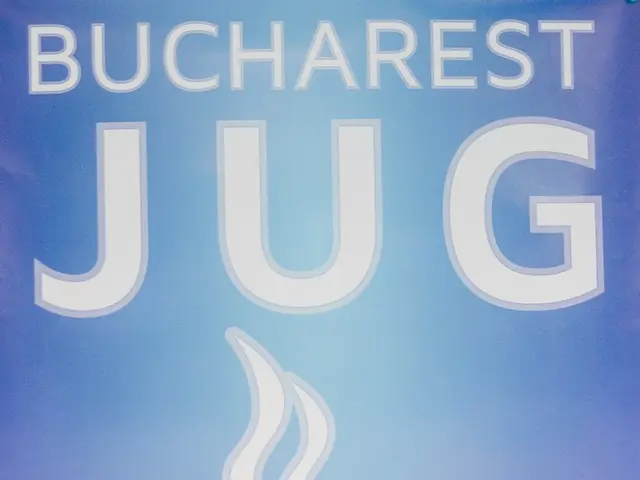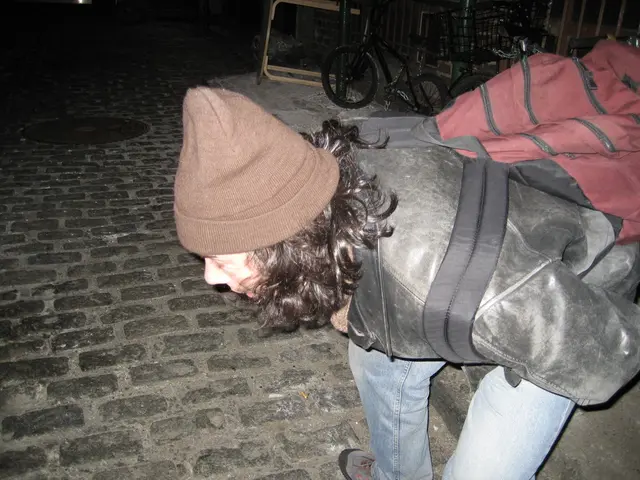Berlin's Notgeld: Historic Emergency Money From Hyperinflation Era
Berlin's economic turmoil in the early 20th century led to the issuance of unique emergency money, known as Notgeld. These notes, depicting historic scenes of the city's districts, offered a stable alternative during hyperinflation. One such note, found in the German Historical Museum, features Zehlendorf's Dahlem village church.
In the early 1920s, Germany grappled with severe economic crisis and hyperinflation. Prices increased at a staggering daily and even hourly rate by 1923. To combat this financial chaos, local authorities printed emergency cash, or Notgeld. These notes, each valued at 50 pfennigs and stable against inflation, depicted historic scenes of Berlin's districts.
The Tiergarten note, for instance, showcased Germany's first steamship, the Prinzessin Charlotte von Preußen, despite it being sold for scrap in 1824. The Hallesches Tor note in Kreuzberg depicted the southern gate of Berlin's former customs wall in 1845, one of the most modern scenes in the series. Meanwhile, Neukölln was portrayed as a rural village in 1820, a stark contrast to its overcrowded workers' district reality in 1921. Workers here bought long-lasting products with their pay due to currency instability.
Agitators would print over these notes with Nazi or Communist propaganda messages. The 1921 series of Notgeld, including the Zehlendorf note with the Dahlem village church motif, offered a glimpse into Berlin's past amidst economic turmoil.
The Notgeld notes, though issued during a time of economic strife, provide a unique historical record of Berlin's districts. They serve as a reminder of the city's resilience and adaptability in the face of financial chaos.








